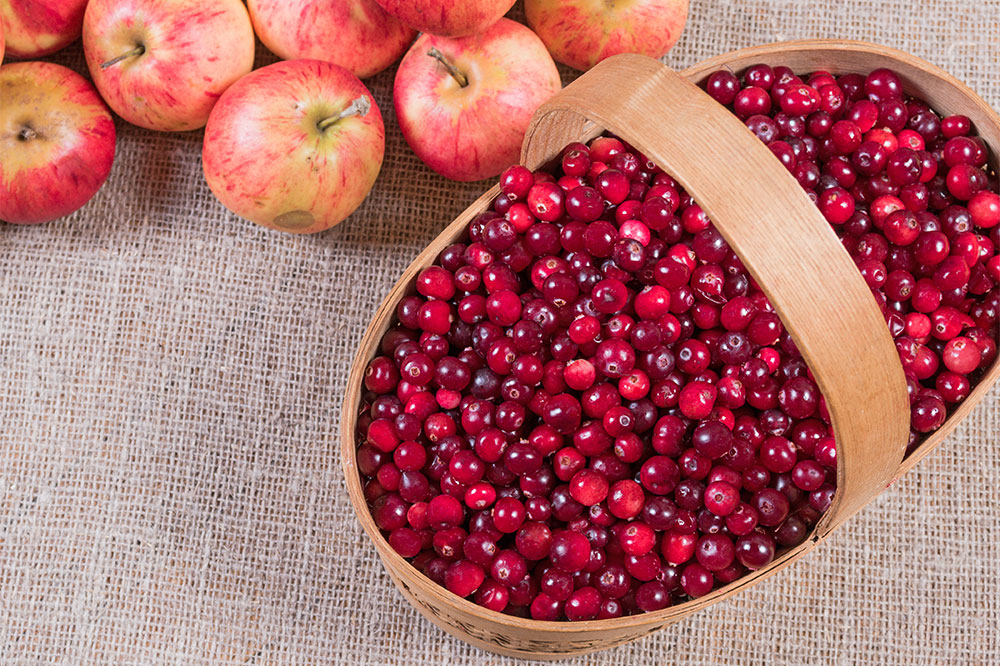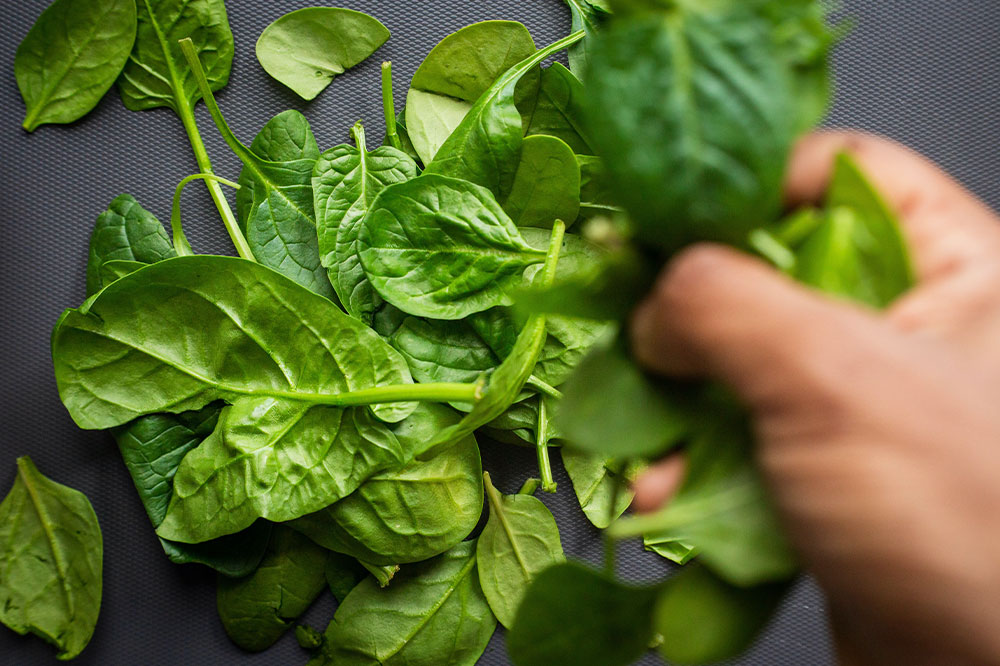12 tips to help resist tobacco cravings

Tobacco consumption is associated with several health problems, including oral cancer, emphysema, heart disease, and stroke. Approximately 28.3 million adults nationwide smoke cigarettes, the most common form of tobacco use globally. With increasing awareness of its harmful effects, many individuals are taking active measures to quit tobacco. However, abstaining from it can pose several challenges, particularly during the initial phase. So, here are some ways to manage tobacco cravings after quitting it:
Delay gratification
The concept of “id, ego, and superego” by Sigmund Freud can help one understand this strategy better. According to Freud, the id is the primitive part of the mind that functions by the “pleasure principle,” driving one to fulfill primitive urges, including the urge to have tobacco-based products. On the other hand, the superego functions by the “morality principle,” seeking to restrain one from consuming tobacco. The ego balances these two aspects of the mind and is driven by the “reality principle.”
Individuals trying to resist tobacco cravings should focus on the “ego” aspect of the mind, resisting the urge and telling themselves to wait for ten more minutes before giving in to the temptation. Within these 10 minutes, one should try finding other activities to distract themselves, delaying the urge further. This process can help one overcome tobacco cravings over a while.
Opt for nicotine replacement therapy
Nicotine replacement therapy (NRT) is a technique that provides individuals with nicotine in forms other than tobacco, helping them break the habit of smoking or chewing tobacco. Inhalers, nasal sprays, nicotine patches, gums, and lozenges are some ways nicotine is ingested in the body in low doses. This therapy has been found to increase the rate of quitting tobacco by 50-70%.
Identify and avoid foods that increase the urge to smoke
Some smokers may feel the urge to smoke immediately after having certain foods, such as caffeine, meat, and deep-fried or sugary foods. Thus, while trying to quit smoking, one should avoid such foods. Instead, reach out for healthy foods like dairy products, lean meats, fruits and vegetables, air-fried popcorn, beans, and salad sticks.
Brush teeth or use mouthwash right after meals
Many smokers or tobacco users typically experience the urge to have tobacco just after their meals. One way to break this habit is to brush one’s teeth or use mouthwash immediately after a meal. The clean, fresh feeling from brushing or rinsing one’s mouth can prevent one from reaching out for tobacco after a meal.
Stay occupied
The proverb “an idle mind is a devil’s workshop” applies to individuals in the habit of consuming tobacco, who may have the habit of giving in to the urge due to boredom. Moreover, one may initially miss the excitement and “feel-good” sensation of nicotine after quitting tobacco. Mentally stimulating activities like drawing or painting, writing, playing a sport, reading, and solving a puzzle can help compensate for this lack of excitement and alleviate boredom.
Engage in physical activity
Even short periods of physical activity can help a person stay distracted from tobacco use. Running, walking, jogging, swimming, and strength training can also help manage the repercussions of quitting tobacco, such as restlessness, sleep difficulties, an unusual increase in appetite, and anxiety. Finally, increased stress levels can contribute to increased cravings for tobacco, and physical activity helps regulate one’s stress levels and accelerates the quitting process.
Chew on something healthy
Finding tobacco substitutes can help one resist the urge to smoke or chew it. Thus, it helps to fight the temptation by chewing on healthy and tasty substitutes, such as apples, carrot sticks, pickles, hard candy, and nuts.
Seek encouragement from loved ones
External motivation often becomes necessary to persevere in the direction of quitting tobacco. This is where one’s family members, friends, neighbors, colleagues, etc., can encourage one to fight the urge. Loved ones can remind individuals about their tremendous progress, help them establish a routine to stay distracted, and accompany them to workshops and therapy sessions. Thus, it is important to confide in loved ones about one’s decision to give up tobacco and actively guide them with the nature of help and support one requires.
Avoid giving in to the temptation of having tobacco “just once”
The temptation of smoking a cigarette or chewing tobacco “just one more time” may be difficult to resist, as the mind uses this justification as a defense mechanism to re-establish the habit. Hence, one should actively resist this urge to smoke or have tobacco “for one last time” by engaging in other, more fruitful activities and exercising self-control.
Avoid accompanying friends and colleagues for smoking
Being around smokers can significantly increase one’s chances of giving in to the temptation of smoking while trying to quit. While it is tough to keep a distance from those who smoke or consume tobacco, it is not entirely impossible. One may try to find other common interests, such as a sport, a love for the movies, and a passion for reading, with those around and engage in these activities together.
Join support groups
A shared purpose of quitting tobacco can significantly increase one’s motivation to break the habit. Today, several online and offline support groups are available to provide a secure, motivating environment for individuals trying to give up tobacco. Joining such support groups is a constructive idea to reinforce this objective, develop healthier alternatives, and establish a social support system.
Try out relaxation techniques
For many, smoking or chewing tobacco is a way of coping with stressful situations. Identifying this underlying motive can help one find healthier coping mechanisms to deal with stress. As many as 71% of studies have demonstrated the effectiveness of relaxation techniques like yoga and meditation in stress reduction. Therefore, engaging in such techniques can help resist tobacco cravings during stressful events.







